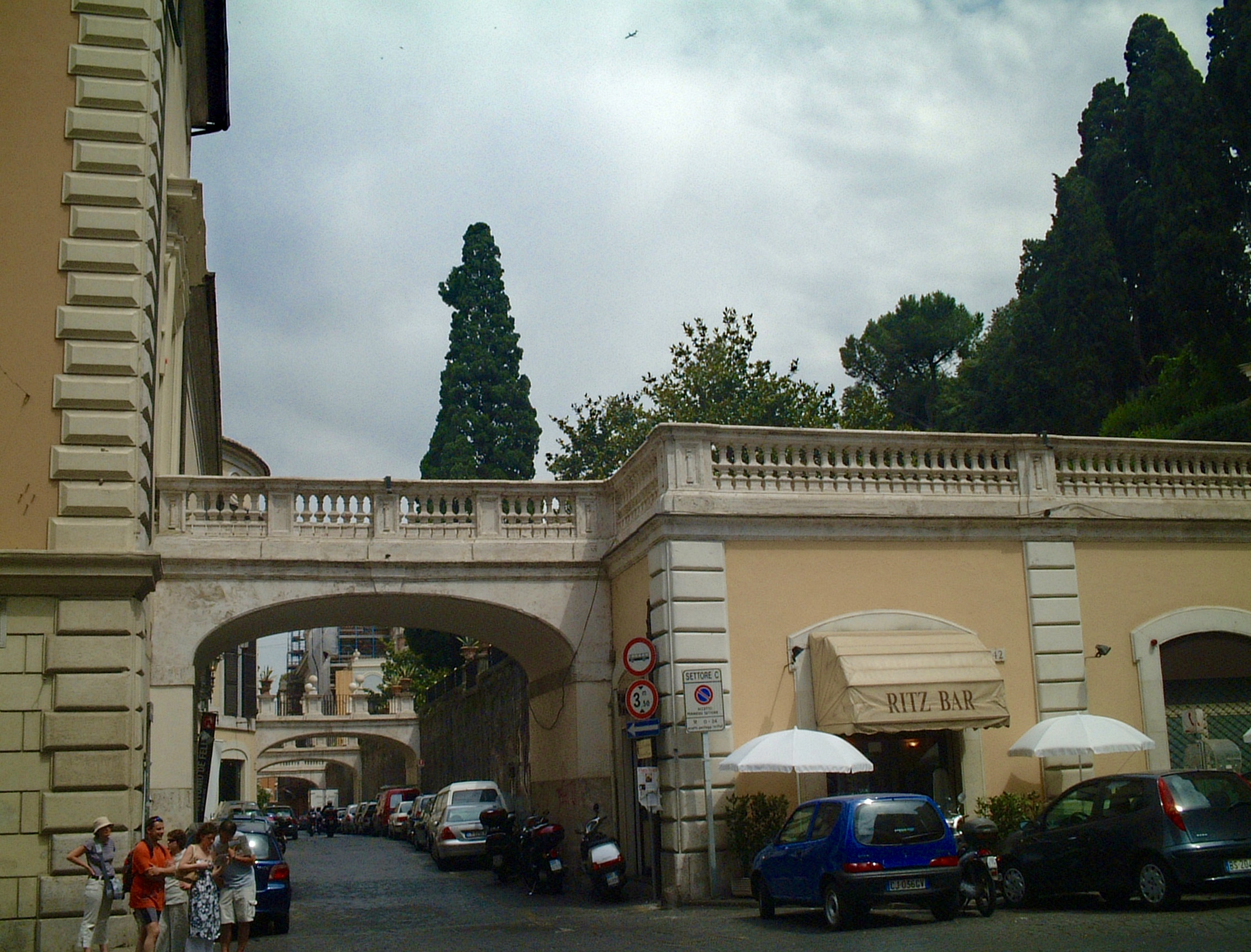Italian Dynasties: The Great Families of Italy from the Renaissance to the Present Day was first published by Equation in 1989. It was conceived as a well-illustrated book for the general reader, based on a short history of each of ten great Italian families most of whose names are known to us through works of art and the artists they patronised during the Italian Renaissance. Some are still around today, and the book brings their histories up-to-date.
It was translated into German as Italienische Dynastien: Die berühmtesten Familien in der italienischen Geschichte in 1991 (Bergisch Gladbach: Bastei Lübbe).
Most of the family names of the dynasties that form the subject of this book - the Visconti, the Sforza, the Medici, and others - are well known in the twentieth century. Because of their exceptional role as sponsors of humanism and the arts these dynasties are part of the European cultural heritage. Some claimed descent from Roman emperors, and some still survive today; thus their collective history spans two thousand years. Yet without exception they reached the peak of their wealth. power, and fame within a relatively short period from about 1350 to 1550.
In the thirteenth century the Italian peninsula was the terrain of a power struggle between the Holy Roman Empire and the papacy. From his stronghold in the Kingdom of Sicily, the Hohenstaufen Emperor Frederick II sought to bring central and northern Italy under his sway while successive popes resisted him - and more than once excommunicated him. Many cities and local rulers openly sustained one of these forces. Yet many others managed to achieve neutrality and even independence - either temporary or permanent - and instead fought against one another in order to achieve local supremacy. During the interregnum of 1250-73 that followed Frederick II's death the political situation changed dramatically. As the empire disintegrated local rulers sought to extend their lands by seizing towns and regions. Revolts against Rudolf of Habsburg, after his election as Holy Roman Emperor in 1273, continued this process. The situation was further complicated by the polit-ical parties known as the Guelphs and Ghibellines - who supported papacy and Emperor respectively. The process was again accelerated by the transfer of the papacy, from Rome to Avignon in 1305.
These independent cities or territories were often ancient feuds, but also included amongst their number recently built towns and cities. In that turbulent century they were more often than not at war with their neighbours, and, as their wealth and power grew, were able to employ mercenary soldiers to fight their battles. Thus, as the fourteenth century opened. a small number of them had managed to achieve political solidity as despotic rulers, while in some cases the mercenaries themselves rose to become rulers. The dynasties which became celebrated during the early part of the Renaissance sprang - with the single exception of the Medici from these two sources Each one traced the origins of its power either to a feudal ruler or to a great condottiere. The former include the Visconti of Milan, the Este of Ferrara, and the Colonna of Rome; the latter include the Sforza of Milan, the Gonzaga of Mantova, the Montefeltro of Urbino. and the Malatesta of Rimini.
The church of Santa Croce in Florence, where several great figures of the Renaissance patronised by these families are buried, for example Machiavelli, Michelangelo and Galileo.
Once they were securely established in their states and duchies. increased Mediterranean trade - and Italy 's position as ideal middleman between the Holy Land and northern Europe provided the means for these dynasties to perpetuate their names through large-scale patronage of arts and letters. Thus, during the fourteenth century these families sponsored both the new humanism and the beginnings of the Italian Renaissance.
It is significant that most of the dynasties came to real power, a stable political situation in which the were able to build or rebuild their cities and devote patronage to the arts, after 1350. Even more remarkably, the most renowned men and women who bore these names lived in the second half of the fifteenth century. From the Peace of Lodi in 1454 to the invasion by Charles VIII of France in 1494 there was an unparalleled period of peace and stability in Italy. In this single half-century cities like Florence, Mantova, Ferrara, and Urbino flourished; figures like Lorenzo the Magnificent, Isabella d'Este, Lodovico Sforza, Federico II of Montefeltro, and Sigismondo Malatesta ruled: artists like Botticelli, Mantegna, Donatello, Piero della Francesca, Ghirlandaio and Leonardo da Vinci were at the height of their powers: buildings like Palazzo Rucellai and Palazzo Strozzi in Florence. the Ospedale Maggiore in Milan. and the Palazzo dei Diamanti in Ferrara were built, while the Doges' Palace in Venice was completed and the new town plan of Rome instigated. With the single exception of Venice, all these works were carried out under the direct or indirect patronage of the dynasties cited here.
“Venice is a notable absentee in Edward Burman’s cleverly arranged conspectus of an Italy emerging into medieval daylight from the tussles of barbarian and Byzantine. There is nothing fresh in the perception that the Renaissance was not so much a giant brush sweeping away the cobwebs of ignorance and grossness as the renewal of insights already attained, yet Burman grants us a more powerful intimacy with these various worlds - Norman Cefalù, Benedictine Montecassino, Greek Bari - than we have a right to expect from this kind of illustrated book. He, too, is a master of detail…
”
Bridges from Palazzo Colonna to the gardens behind
Many of these families intermarried in the perennial search for political alliances. The more spectacular marriages were those between sons and daughters of ruling lords: for instance between Lodovico Sforza and Beatrice d'Este. or between Francesco Gonzaga and Isabella d'Este. Yet through the centuries there were matrimonial connections between other families which would make a broad-based genealogical table horrifyingly complex. Members of the Colonna family, for instance, in the course of seven centuries have married into all the families treated in this book with the single exception of the Visconti. In the case of the Sforza and Gonzaga families, these Colonna marriages occurred on no fewer than five separate occasions for each family. In the late fifteenth century the links between the Gonzaga, Este, and Montefeltro families were particularly close, for instance when Isabella d'Este, who was married to Francesco Gonzaga, provided a home in exile for her sister Elisabetta, Duchess of Urbino.
Although some of these families are of much more ancient lineage, they represent the single flowering of a truly Italian culture which was unified by the constant flux of ideas and artists between the main centres of patronage. They came into being in the power vacuum left by the German emperors, and were then swept away by the invading French and Spanish. They are largely responsible for the 'Italian' element of the Italian Renaissance. The period between 1350 and 1550 can in fact be seen as a kind of Italian interregnum between foreign domination.




